Detailed Guide on IoT Development: A Comprehensive Guide

Introduction
In 2024, the Internet of Things (IoT) is no longer just about connecting devices; it's about transforming industries, driving automation, and delivering actionable insights at an unprecedented scale.
From smart factories optimizing production lines in real-time to developing healthcare devices monitoring patients' vitals remotely, IoT has evolved into a cornerstone of modern IT strategies.
The value of the Internet of Things today lies in its ability to bridge the gap between physical operations and digital intelligence.
Retailers use IoT-powered systems for inventory management and personalized customer experiences, while smart cities deploy sensors to manage traffic, energy, and waste efficiently.
The integration of IoT with AI and 5G has further enhanced its impact, enabling faster communication, predictive analytics, and edge computing capabilities.

Understanding IoT
IoT solutions are tailored to address specific needs and challenges across various sectors, enhancing efficiency, safety, and convenience. These interconnected devices collect and share data, enabling smarter decision-making and automation.
Navigating the Cloud: Integrating IoT Devices with AWS and Azure
Integrating IoT devices with cloud platforms like AWS (Amazon Web Services) and Azure (Microsoft Azure) is crucial for managing and analyzing the vast amounts of data generated.
Need help with setting up your cloud platform? Code B's AWS Integrating solutions can help you implement a strong cloud management system.
Here's a step-by-step guide for both platforms.
Integrating IoT Device with AWS IoT Core
Create an AWS Account: Sign up for a free tier account at AWS.
Navigate to AWS IoT Core: Log in to the AWS Management Console and search for "IoT Core."
Register a Thing (Device): Go to the "Manage" tab, click "Things," and create a new thing.
Generate Certificates and Keys: In the "Interact" tab, create a certificate for a secure connection. Download the certificate, private key, and root CA.
Attach a Policy: Define permissions for your device by attaching a policy.
Connect Your Device: Use the downloaded credentials to establish a secure connection.
Publish and Subscribe to Data: Test by publishing and subscribing to topics in the "Test" tab.
Example Code using AWS SDK V3
import { IoTClient, PublishCommand } from '@aws-sdk/client-iot';
// AWS IoT Core Configurations
const client = new IoTClient({ region: 'your-region' });
const params = {
topic: 'your-topic',
payload: JSON.stringify({ message: 'Hello from IoT!' }),
qos: 1
};
const command = new PublishCommand(params);
await client.send(command);
Integrating IoT Device with Microsoft Azure
Create an Azure Account: Sign up at Azure.
Create an IoT Hub: Search for "IoT Hub" in the Azure Portal and create a new hub.
Register IoT Devices: Navigate to your IoT Hub and register a new device.
Set Up Device Connectivity: Use Azure SDKs to connect your device.
Data Ingestion and Storage: Configure your IoT Hub to route messages to a Storage Account.
Analytics and Insights: Utilize Azure services for processing and analyzing data.
Monitor and Troubleshoot: Use Azure Monitor to keep track of your IoT solution's health.
Example Code using Azure SDK
const { IoTHubRegistryManager } = require('azure-iothub');
const connectionString = 'your-iot-hub-connection-string';
const registry = IoTHubRegistryManager.createFromConnectionString(connectionString);
const device = { deviceId: 'your-device-id' };
await registry.create(device);
Triggering Serverless Functions
Azure Function
To trigger an Azure Function upon receiving a message from IoT Hub:
- Set up the Azure Function.
- Configure IoT Hub message routing.
- Implement the Azure Function:
import { AzureFunction, Context } from "@azure/functions";
const httpTrigger: AzureFunction = async function (context: Context): Promise<void> {
const message = context.bindingData;
context.log('Received message:', message);
// Process the message
context.res = { status: 200, body: "Message processed." };
};
export default httpTrigger;
AWS Lambda Function
To trigger a Lambda function with AWS IoT Core:
- Set up the Lambda Function.
- Create an IoT Rule.
- Lambda Function Code:
exports.handler = async (event) => {
console.log('Received message:', event);
// Process the message
return 'Message processed';
};
Mini Project: Building a Home Security System with Raspberry Pi, AWS IoT, and Lambda
In this project, we'll create a basic home security system using a Raspberry Pi, a PIR (Passive Infrared) motion sensor, AWS IoT Core, and AWS Lambda. This system will detect motion in your home, triggering an alert using AWS IoT services and Lambda to handle the response.
Hardware Requirements:
- Raspberry Pi: The central controller for the system.
- PIR (Passive Infrared) motion sensor: Detects movement in the environment.
- Jumper wires: Used for connecting the PIR sensor to the GPIO pins on the Raspberry Pi.
Step-by-Step Guide
1. Setting up the Hardware:
a. Connecting the PIR Sensor to the Raspberry
Pi:
- Connect the PIR sensor's VCC pin to the 5V pin on the Raspberry Pi.
- Connect the PIR sensor's GND pin to the GND pin on the Raspberry Pi.
- Connect the PIR sensor's output pin to GPIO pin 17 on the Raspberry Pi.
This wiring allows the Raspberry Pi to receive signals from the PIR sensor when motion is detected.
b. Installing Necessary Libraries:
Install the onoff library to manage GPIO interactions.
2. Setting up AWS IoT Core:
a. Create a Thing in AWS IoT Core
- Log in to your AWS Management Console and navigate to AWS IoT Core.
- In the AWS IoT dashboard, create a "Thing" to represent your Raspberry Pi device in AWS IoT.
- Attach a policy that allows the device to publish messages to a specific IoT topic.
b. Download Certificates:
- After creating the "Thing," download the following security certificates:
These certificates are necessary to authenticate the Raspberry Pi with AWS IoT Core.
3. Writing the Lambda Function:
a. Create a New Lambda Function
- Go to the AWS Lambda console and create a new Lambda function to handle motion detection events.
- Choose a runtime like Node.js and set up the Lambda function to perform actions such as sending an email or logging the event in a database (e.g., DynamoDB).
Here’s an example Lambda function that logs the detection event:
exports.handler = async (event) => {
console.log("Motion detected:", JSON.stringify(event));
// Add code to trigger alerts, send notifications, or store events.
return {
statusCode: 200,
body: JSON.stringify({ message: 'Motion detected successfully.' }),
};
};
4. Integrating the PIR Sensor with AWS IoT Core:
a. TypeScript Code to Read Sensor Data
This code reads data from the PIR sensor and sends an event to AWS IoT Core when motion is detected.
import { Gpio } from 'onoff'; // To handle GPIO inputs from the PIR sensor
import { IoTClient, PublishCommand } from '@aws-sdk/client-iot'; // AWS IoT SDK
// Initialize the PIR sensor on GPIO pin 17
const pirSensor = new Gpio(17, 'in', 'both');
// AWS IoT client configurations
const iotClient = new IoTClient({
region: 'us-east-1', // Replace with your AWS region
credentials: {
accessKeyId: 'YOUR_AWS_ACCESS_KEY_ID',
secretAccessKey: 'YOUR_AWS_SECRET_ACCESS_KEY',
},
});
// Watch for changes in the PIR sensor state
pirSensor.watch(async (err, value) => {
if (err) {
console.error('Error reading sensor data:', err);
return;
}
// If motion is detected, publish an event to AWS IoT Core
if (value === 1) {
const message = { motion: 'detected' };
const params = {
topic: 'motion-detected',
payload: JSON.stringify(message),
qos: 1,
};
// Publish the message to AWS IoT Core
const command = new PublishCommand(params);
try {
await iotClient.send(command);
console.log('Motion detected and event sent to AWS IoT Core.');
} catch (error) {
console.error('Error publishing to AWS IoT Core:', error);
}
}
});
5. Connecting Lambda with AWS IoT Core:
a. Create an AWS IoT Rule
- In the AWS IoT Core console, create a rule that triggers when a message is published to the motion-detected topic.
- The rule will be configured to trigger the Lambda function whenever motion is detected.
Here’s how to set up the rule:
- SQL query:
SELECT * FROM 'motion-detected' - Action: Invoke your Lambda function.
Once this rule is set, whenever the PIR sensor detects motion and publishes an event to the motion-detected topic, the Lambda function will be triggered, allowing you to take further actions, such as sending notifications or logging the event.
Optional Enhancements
- Email Notifications: Integrate Amazon SNS (Simple Notification Service) to send email or SMS alerts when motion is detected.
- Camera Integration: Attach a camera module to the Raspberry Pi to take pictures or record videos when motion is detected, and upload these to an S3 bucket.
- Mobile App Integration: Build a mobile app using AWS Amplify to receive real-time motion alerts and monitor your home security system remotely.
Integrating Automation to Enhance IoT Workflows
Automation has become a critical component of IoT workflows, enabling seamless operation, reduced manual intervention, and faster decision-making.
By integrating automation, businesses can unlock the full potential of IoT by creating dynamic systems that respond to real-time data with minimal latency.
Key Technologies Enabling Automation in IoT Workflows:
Edge Computing
- Processing data closer to the source with tools like AWS IoT Greengrass or Azure IoT Edge ensures faster response times, especially for time-sensitive applications like predictive maintenance or autonomous vehicles.
AI and Machine Learning Models
- Platforms such as TensorFlow Lite and PyTorch Mobile enable IoT devices to perform on-device analytics and automate responses, like detecting anomalies in equipment or optimizing energy use in smart grids.
- Additionally, IoT-enabled tools like Apache NetBeans and Wireshark are often integrated into IoT development pipelines to build, train, and deploy machine learning models at scale, enhancing automation capabilities.
Orchestration Tools
- Kubernetes with KubeEdge, and tools like OpenFaaS, allow developers to manage and deploy microservices seamlessly across IoT networks, ensuring workflow scalability and reliability.
Robotic Process Automation (RPA)
- Tools like UiPath and Automation Anywhere integrate with IoT dashboards to trigger automated actions, such as dispatching alerts or initiating workflows based on sensor data.
Conclusion
The relevance of IoT in today’s technological landscape cannot be overstated.
From large-scale industrial applications to micro-projects, IoT is shaping the way we interact with the world around us.
Its ability to connect devices, gather real-time data, and optimize workflows offers unprecedented opportunities for innovation across industries.
Looking ahead, the next frontier for IoT's integration with artificial intelligence.
As IoT developers continue to leverage AI and machine learning, we can expect the development of more intelligent and adaptive IoT products.
These AI-enabled IoT solutions will not only automate processes but also predict outcomes, optimize operations, and provide deeper insights, driving the next wave of technological advancements.
The future of IoT is smart, autonomous, and, most importantly, driven by the power of AI.
References
- AWS IoT Core Documentation
- Azure IoT Hub Documentation
- Raspberry Pi GPIO Documentation
- MQTT Protocol Overview
Useful Tools
- MQTTX: A user-friendly tool for MQTT interactions.
- MQTT.fx: Offers detailed message inspection and customization.
- Mosquitto: Lightweight command-line tools for MQTT.
- Azure IoT Device Explorer: A web-based tool for Azure IoT.
- AWS IoT Core Device Tester: For testing AWS IoT device communications.


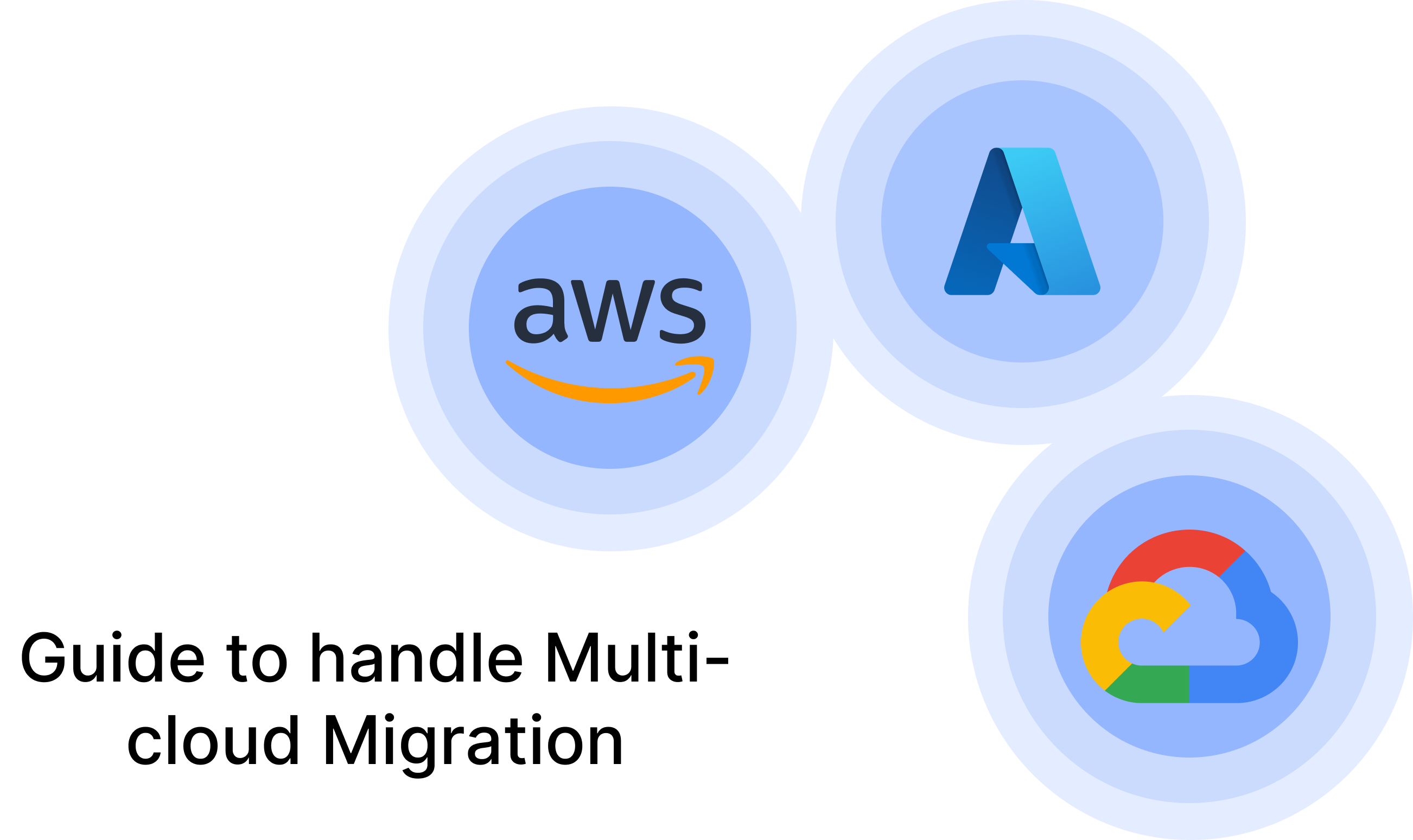
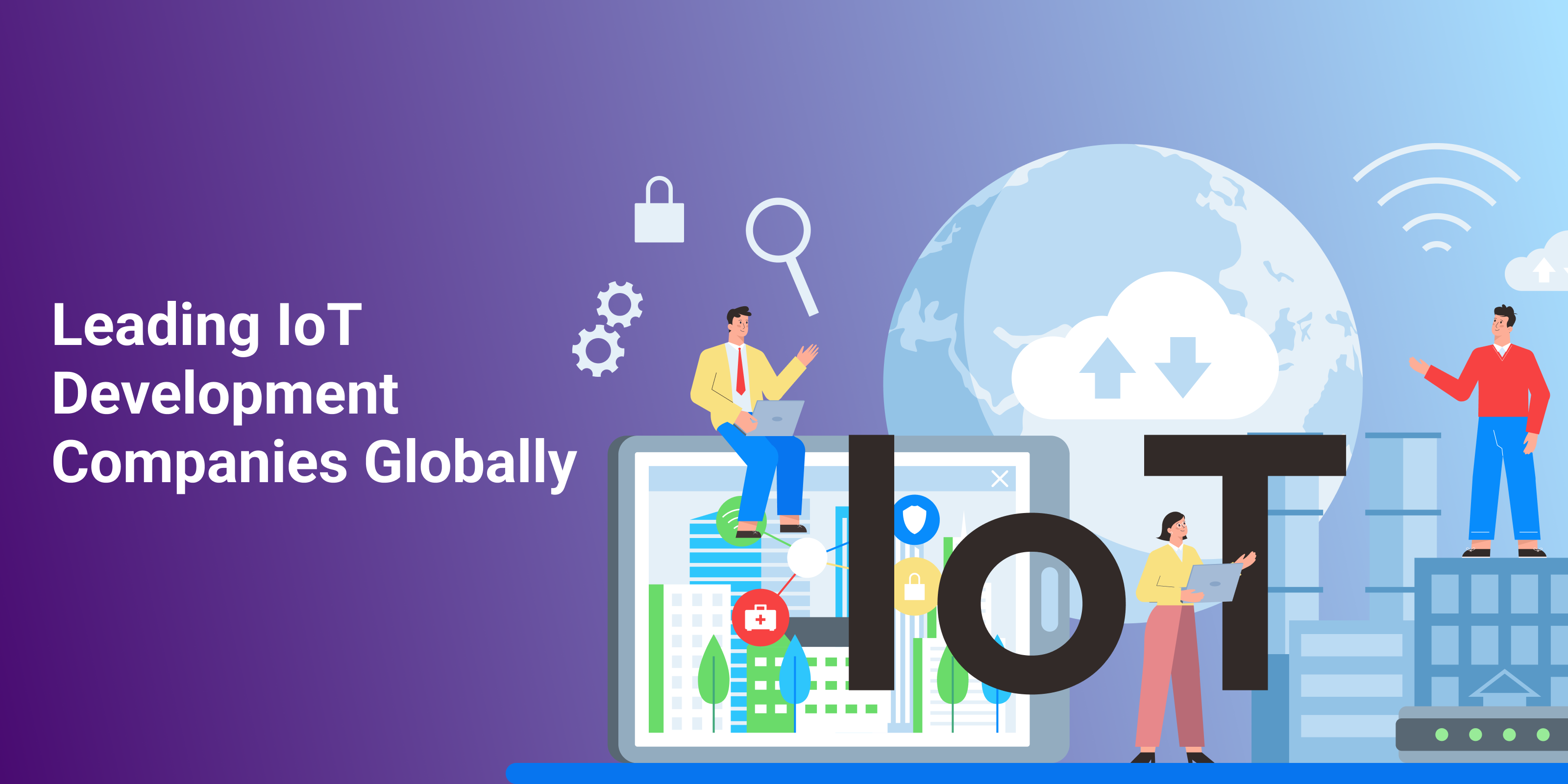
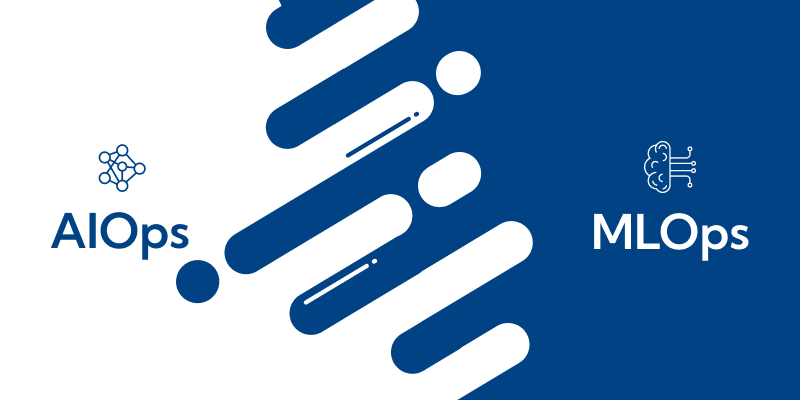
-1.png)

.jpg)
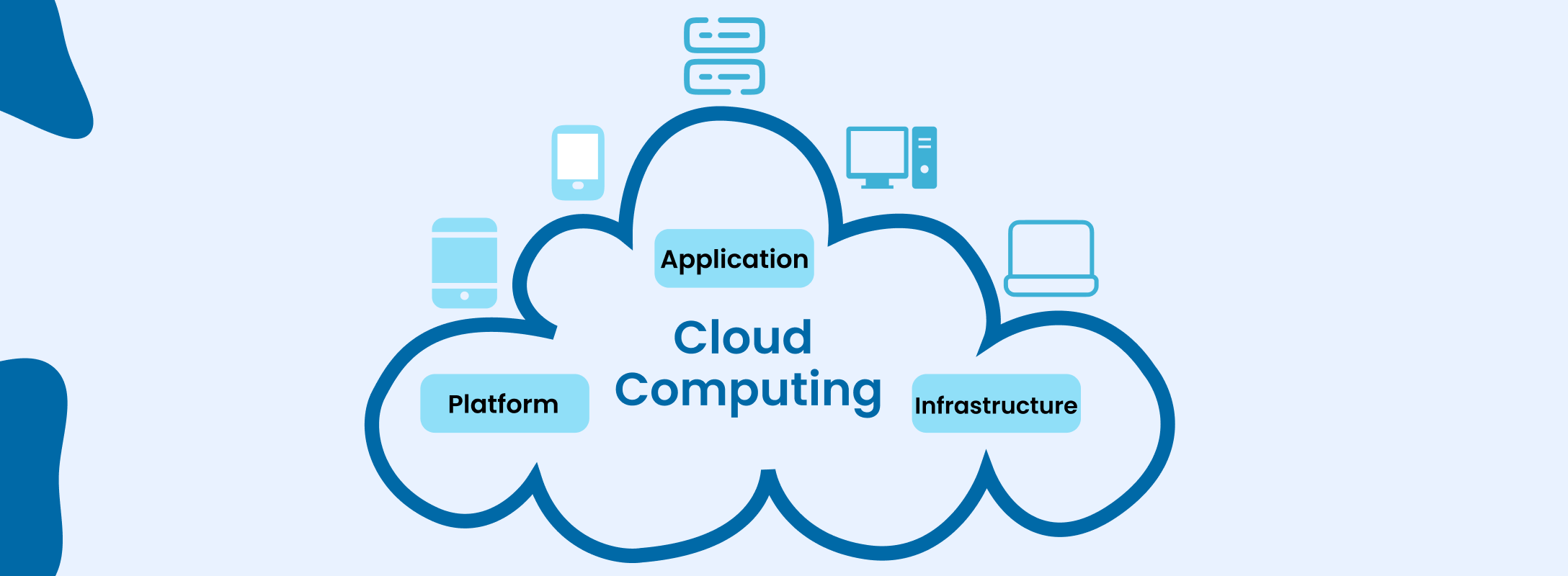
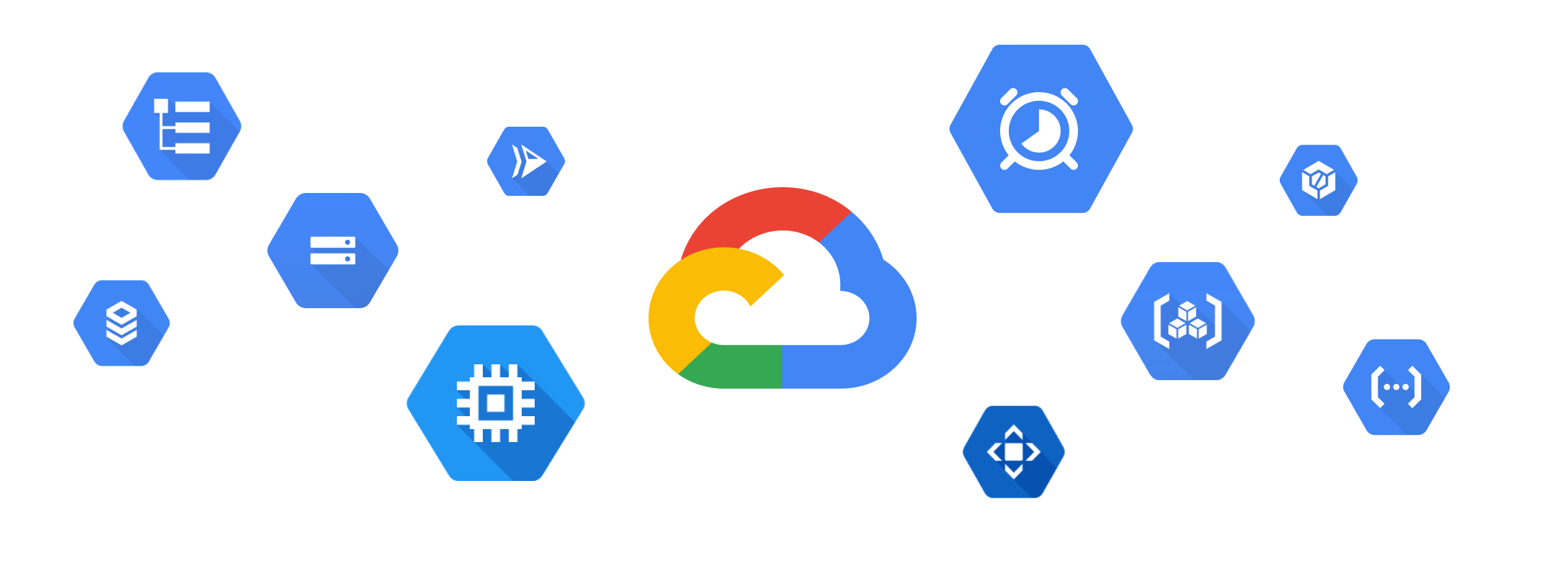

.png)